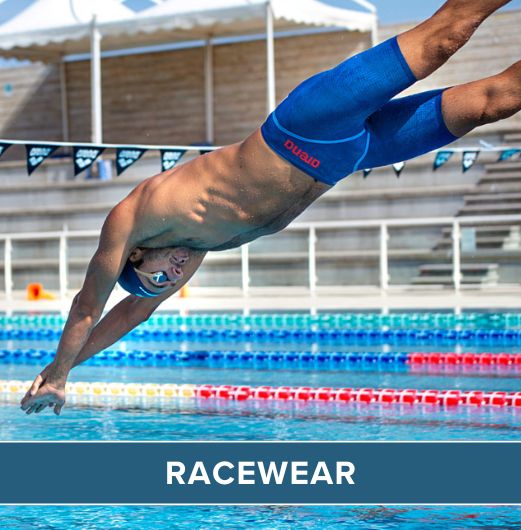It might seem a slightly odd thing to write about in the depths of winter, but have you ever wondered what happens during the winter months at the event companies who organise all those summer swims?
Take a look around you the next time you go to an organised event – absolutely everything you see has been organised and put in place, with every detail thought-through and paid for. Almost as soon as the last swimmer gets out of the water we turn our attention to next season, and begin the process all over again – review and improve, and start to imagine how we can make it better for next year.
If you take our own events, which started out 11 years ago as a bunch of friends (well two to be precise!) jumping in the Thames at Henley, life back then seemed easy. And indeed it was. All we did was turn up and swim. It felt ever so exciting and a bit way out there.

Fast forward 11 years however, and compare that with just one of our four events, The Henley Classic, which will take place on 26th June 2016. We’ve got lasers and lights; food and filming. Here’s a list of some of those details, which I’ve tried to put in some kind of order, with the most demanding first.
1. Safety
11 years ago, we had mates who were happy to just turn up – that doesn’t cut the mustard now. We need proper life savers, and they need paying for their efforts. When people get into trouble in the water it’s wholly different to someone doing a run.
2. Catering
Each year we need to build on the swimmer’s needs and try to make it more enjoyable at a price that makes it worthwhile for our retail partners, participants and supporters alike.
3. Event infrastructure
This is an on-going task with every possible detail and experience being on our radar, from signage to running order, branding to work with event partners such as sponsors.
4. Entries
This element is key to an event’s marketing strategy; get this wrong and your numbers will dwindle. Launching the dates and opening entries involves huge amounts of work with web designers and event entry companies.
5. Marketing and PR
These days social media is king and creating a presence that people will engage with and enjoy is a rare skill. Traditional marketing is often very expensive, but getting it wrong with social media can be equally costly.
6. Timing, chips and results
This might seem an easy one, but being water-based brings with it lots of complexity, which is often unseen from the river bank. The technology is new, so the reliability is key for us.
7. Health and Safety
This work encompasses everything from car parks to walk-ways and lighting. Sharp edges, skid risks, trip hazards, loud noises – they all need thinking about and mitigating.
8. Permissions
This is probably the last thing you’d think of, but developing good relations with the Environment Agency, land owners and other affected parties like residents, takes time, energy and diplomacy.
9. The little things
Numbering hats, making up goody bags, having toilets that work (with sufficient paper!), marshals, loud-hailers with batteries (and spares!), emergency kit for those last minute disasters, filming and photography; they all need to be arranged.
10. Volunteers
It’s no exaggeration to say that we’d not exist without our volunteers – if we didn’t have a small army of helpers, the events would not be viable. They also create the best energy of all those who are involved. Happily they are one of the least demanding aspects with their unparalleled commitment and generosity of time.
Maybe next season marvel at the detail unfolding in front of you and if nothing else say thanks to a volunteer or two! Trust me they deserve it.
About the author...
Tom Kean is co-founder of Henley Swim Events, and has been a swimmer for as long as he can remember. His first competitive swim was at the age of ten, and possibly as a sign of things to come, it was indeed out in the open water – a one mile swim in the sea.
 Free Tracked UK Delivery
Free Tracked UK Delivery Hassle Free Returns
Hassle Free Returns Next Working Day OPTION
Next Working Day OPTION Found It Cheaper?
Found It Cheaper?














